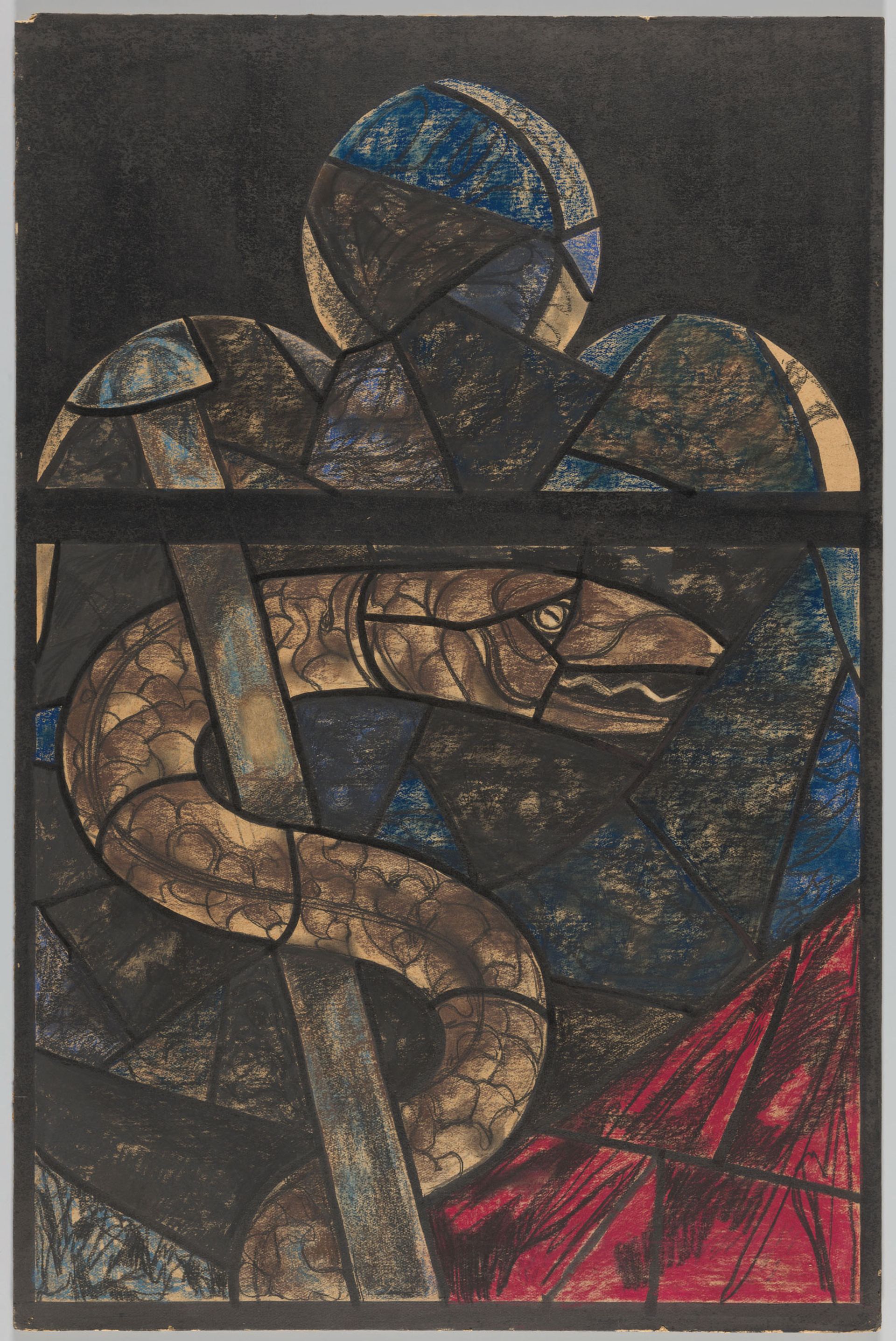Some works of art linger in storage not because nobody wants to see them, but because they are just too hard to exhibit. A 16m-long print depicting the procession of mourners who attended the 1647 funeral of Frederick Henry, Prince of Orange, for example, spans 30 sheets of paper that are unwieldy to assemble (let alone display, once the colossal spectacle is actually pieced together).
It is one of the reasons why exhibitions of works on paper normally display precious notebook-sized scraps, carefully ensconced behind glass frames or in vitrines with the light dimmed just so. “Small works could be stored more easily and were less likely to be damaged and therefore often comprise the lion’s share of the collection of print rooms,” says Maud van Suylen, the curator of the exhibition XXL Paper at Amsterdam’s Rijksmuseum. “For centuries, however, artists also created monumental works with paper.”
The exhibition will display 27 of the biggest works on paper from the museum’s permanent collection. Some have never been shown before—largely because of the challenges of showing room-sized pieces in a delicate medium. The works are diverse, with the common denominator being size.

A detail of the design for the stained glass window of the north transept of the Utrecht Dom by Richard Nicolaüs Roland Holst (around 1934) R. Roland Holst Bequest
The extra-large specimens span the 16th to 21st centuries and highlight a variety of reasons for which paper was used in such an oversized format, from designs for stained-glass windows to a rare paper altarpiece, and a woodcut family tree for Charles V. One of the highlights is a rediscovered 23m-long “cyclorama” landscape from the 19th century, attributed to Heinrich Heyl and Gebroeders Borgmann, which had been rolled up in storage for decades. (Cycloramas are large-scale panoramic images mounted within a cylindrical support, giving viewers the illusion of standing within a landscape with 360-degree views.)
The mysterious roll of paper was unfurled in 2018, when the Rijksmuseum was transferring its off-site storage to a new location. “The only record we had was an inventory card from 1962, which briefly described the object as wallpaper,” Van Suylen says. “After extensive research and conservation, it now appears that it is in fact a fragment of a moving panorama. We have identified it as the longest remaining part of what was known as the Reuzen-Cyclorama [giant cyclorama] or Cyclorama Reichardt, named after its German owner.”

The 23m-long Reuzen-Cyclorama (around 1853) attributed to Heinrich Heyl and Gebroeders Borgmann, which had sat rolled up in the Rijksmuseum’s store for decades Rijksmuseum Amsterdam
The original panorama, which was an astonishing 1.5km long, was a phenomenon and travelled through the Netherlands, Belgium and Great Britain between 1853 and 1855. Since the exhibition cannot replicate the cylindrical way in which the landscape was originally shown, the fragment will cover the walls of an entire dedicated room.
“XXL Paper arose from the idea of giving these vulnerable, large and rare works from the museum’s own collection a stage,” Van Suylen says. “They are usually considered too laborious to mount and there is not enough space to display them in their full glory.” But, finally, now they will be.
• XXL Paper, Rijksmuseum, Amsterdam, 1 July-4 September


